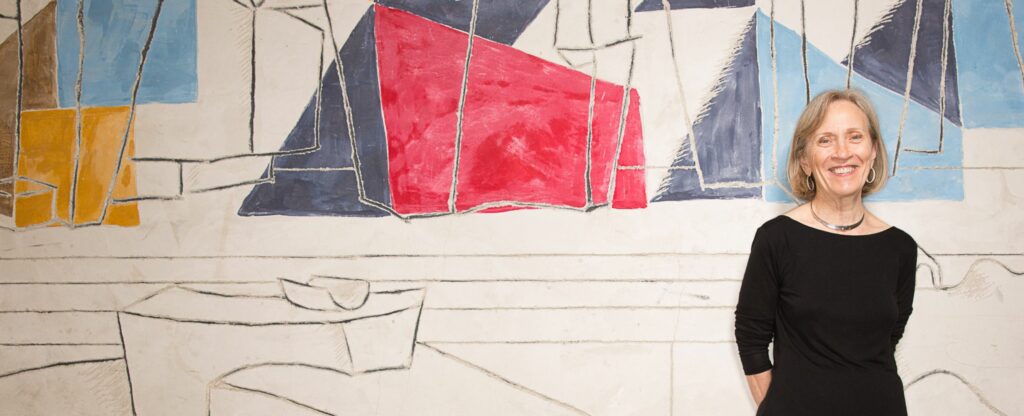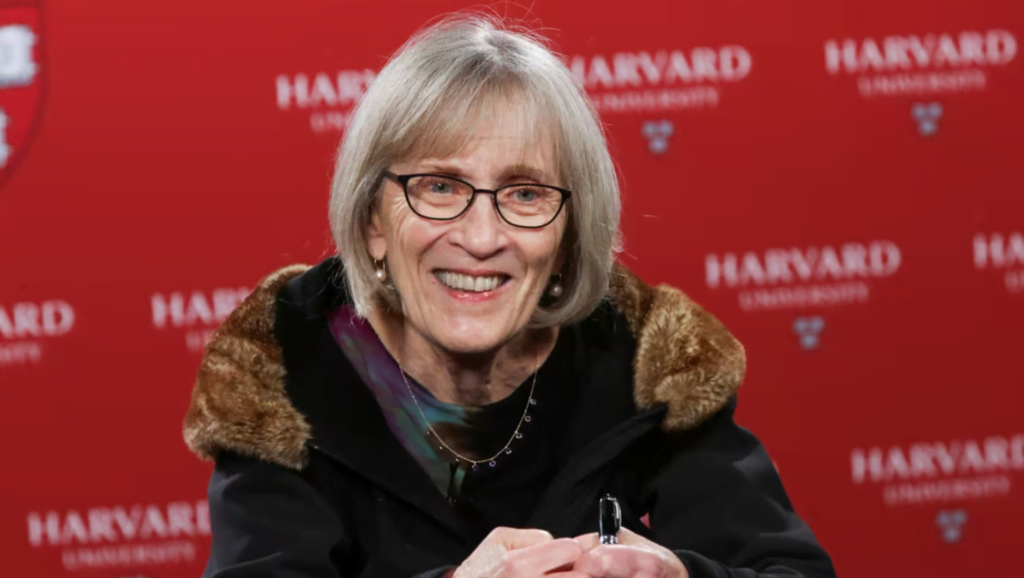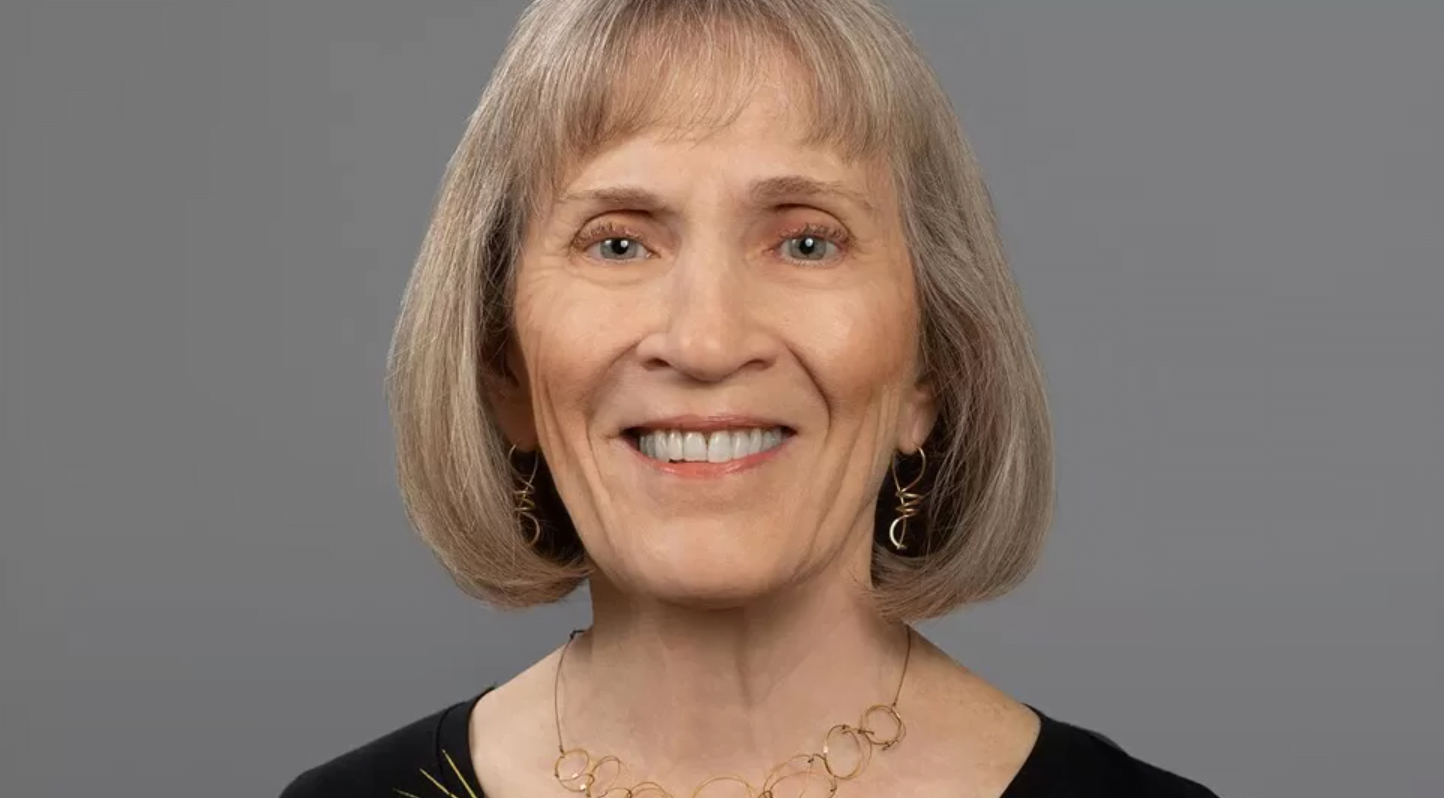“I have worked very hard to try to change the representation of women in economics. I’ve often been asked what I have benefited from in terms of women entering the field of economics. What I’ve benefited from the most is the ability to work with women,” stated Goldin.
This year’s Economic Sciences Prize winner, Claudia Goldin, provided the first thorough analysis of women’s earnings and participation in the labour market throughout history. She is the first female economist to win the Nobel Prize on her own, a significant accomplishment for women globally. Out of the 1,000 laureates, it is disheartening that there are only 65 female laureates. With nineteen Nobel Peace Prizes to their recognition, they have won the most, followed by literature with seventeen.
There have only been three female winners in the science of economics. However Claudia’s study on women’s findings reveals the reasons for this underrepresentation in all fields of work, not only among Nobel Prize holders.
Being the first woman to be given tenure at Harvard University’s economics department in 1990, she broke the long-held male tradition in this domain, empowering women.
She is an American labour economist and economic historian who was born in 1946 and holds the Henry Lee Professor of Economics position at Harvard University. Through extensive research and compilation of more than 200 years’ worth of US data, Claudia Goldin has succeeded in demonstrating how and why gender disparities in employment rates and incomes have evolved.
Being the first woman to be given tenure at Harvard University’s economics department in 1990, she broke the long-held male tradition in this domain, empowering women. Her influence on the areas of economics and economic history, particularly the study of women’s participation in economic development—which has been shown to play a crucial role in women’s voice and representation—evidences her contribution to the study of women’s work and labour market results.

Even if the number of women in the workforce is climbing, their pay is still substantially lower than that of men. Women are still grossly underrepresented in the workforce. Thus, Goldin’s study was among the first in the field of economics to recognise the contributions supplied by women. It outlined the historical pattern of the pay disparity as well as the causes of it. Her study focuses on a variety of subjects that are rarely stressed in the media, such as women in the workforce, the gender pay gap, income inequality, technology advancements, immigration, and education. Such issues are brought into the mainstream and to discussion through her findings.
Goldin’s works on women and their contribution
The fact that women have entered the workforce, eclipsed men in education and discovered purpose in their jobs,though as Goldin’s study shows, women continue to fall short of men in several subjects including wage, engagement in the labour force, and the percentage of individuals who achieve professional success.
Professor Goldin claims that since economists examine behavioural variances, women “gave birth to modern labour economics.” Men were often less intriguing because of how little their participation and hours fluctuated, while women offered enough of that. She utilised historical data to convey the Nobel committee’s observation that it is depressing that women’s work has not received full recognition in historical sources. She has been working tirelessly in this sector to highlight women’s contributions and participation, but because men predominate in research and data fields, is often overlooked.

Goldin uncovered that women had been neglected in economic history throughout the early stages of US industrialisation, so she set out to research the evolution of the female labour force and its contribution to economic expansion. “Monitoring Costs and Occupational Segregation by Sex,” (1987), “Life Cycle Labour Force Participation of Married Women,” (1989), and “The Role of World War II in the Rise of Women’s Employment,” (1991) are some of her most significant research endeavour articles.
In 1990, she published Understanding the Gender Gap: An Economic History of American Women, which detailed the rise of women’s employment in the US from the eighteenth to the late twentieth centuries, their contribution to economic growth, and the reasons behind the persistence of gender gaps in employment and earnings.
Goldin’s most important works in that field have addressed the history of women’s attempts at reconciling work and family, coeducation in higher education, the effects of the contraceptive pill on women’s choices about careers and marriage, the social significance of women’s surnames after marriage, the reasons why women now make up the majority of undergraduates, and the changing nature of the work lifecycle.
Goldin showed how the availability of the contraceptive pill, which provided new avenues for career planning, contributed significantly to the acceleration of this momentous shift.
Women’s educational attainment grew steadily over the 20th century, and in the majority of high-income nations, it is currently significantly greater than that of men. Goldin showed how the availability of the contraceptive pill, which provided new avenues for career planning, contributed significantly to the acceleration of this momentous shift.
She has dedicated her life to advancing economic research on women and bringing the inequality faced by women to the surface. In her presidential address to the American Economic Association, “A Grand Gender Convergence: Its Last Chapter,” she outlined the conditions that must be met for gender equality in the workforce. The complete history is provided in her book Career & Family: Women’s Century-Long Journey towards Equity, which also discusses how the pandemic has affected women’s careers and couple equity.
History of women in the workforce
Married women’s occupations in the 1800s official documents were frequently labelled as “wife.” In substance, she found additional sources of data that demonstrated that women frequently worked in family enterprises such as agriculture.
Married women’s participation declined as early nineteenth-century society moved from an agrarian to an industrial one, mostly due to industrialisation’s tendency to discourage married women from working (although single women were frequently employed in factories). She said that the challenges mothers now encounter in juggling work and family life were predicted by the fact that, in contrast to farming, manufacturing work was more difficult to perform from home. nevertheless then began to rise in the early 20th century as the service industry expanded and more women were able to find employment as a result of societal changes.

The increase in high school graduation rates, the development of office occupations, and technology advancements that reduced the strain of housework were some of these changes. According to Goldin, this pattern is the outcome of shifting societal standards about women’s roles in the home and family as well as structural change. The wage gap between men and women scarcely closed for a prolonged period in the twentieth century, despite industrialisation, economic progress, and an increase in the percentage of working women.
A portion of the explanation, according to Goldin, is that choices about schooling are made at a relatively young age and have a bearing on a person’s professional options for the rest of their lives. Development will be sluggish if young women’s expectations are shaped by the experiences of earlier generations—such as their mothers, who deferred to return to the workforce until after the children had grown up. Goldin’s research has demonstrated that the majority of this wage gap now exists between men and women working in the same profession and that it mostly develops after the first child is born.
Untangling the premise of pay gap
She has refuted the myth that women choose lower-paying professions and, as a result, earn fewer earnings by demonstrating that the pay gap is wider within occupations, and particularly substantial in the highest-earning ones, such as law and medicine. The disparities in compensation would vanish if workers of equivalent productivity received the same hourly wage.
Women’s careers started to “define one’s fundamental identity and societal worth,” exponentially more, she argued. She has clarified the underlying factor that continues to fuel gender inequity in the American workforce: Long, rigid hours are now rewarded with a disproportionately higher salary from employers.
One is disadvantaged if they temporarily reduce their workload or are unavailable on the weekends or in the evenings. Therefore, for highly educated couples, it makes economic sense for one parent—typically the father—to be available at work while the mother is available at home. She has stated that women don’t give up on their careers because their spouses are wealthy. Their spouses are wealthy because they take time off from work.






